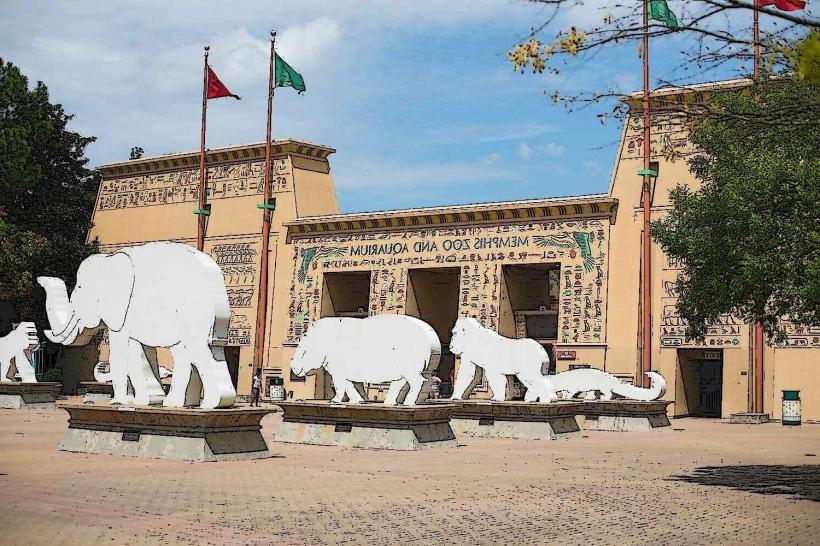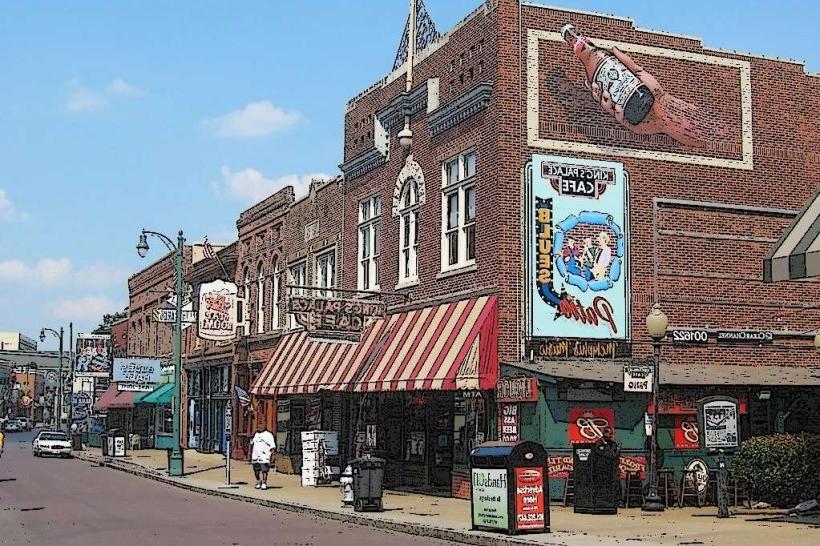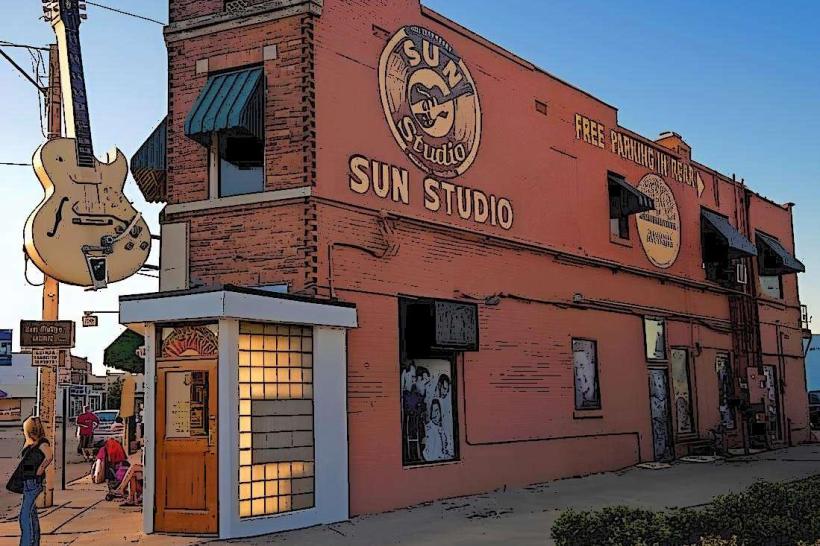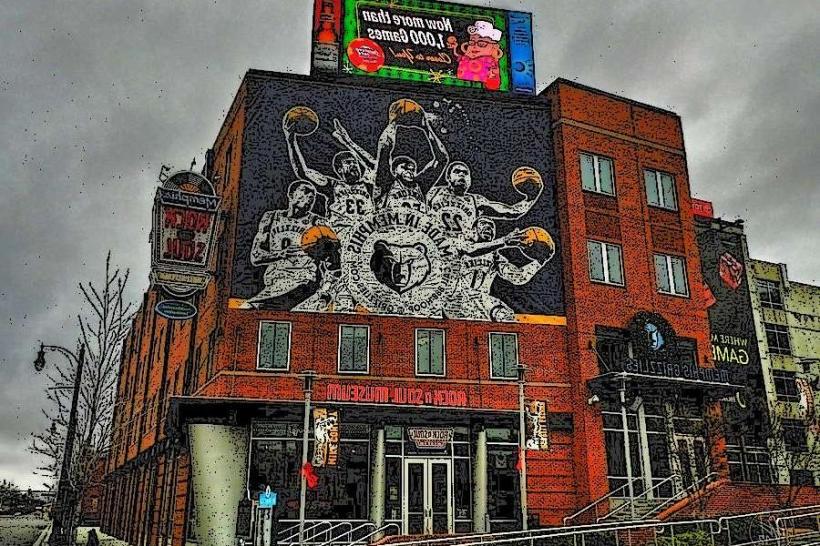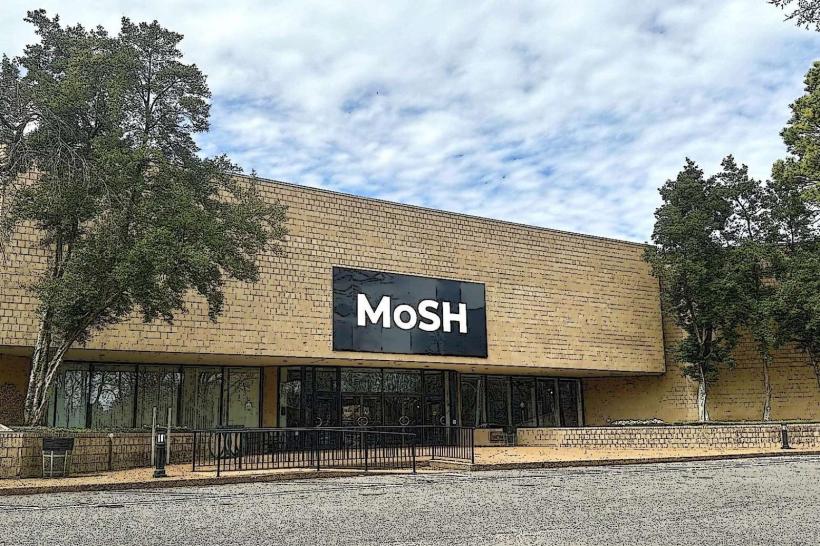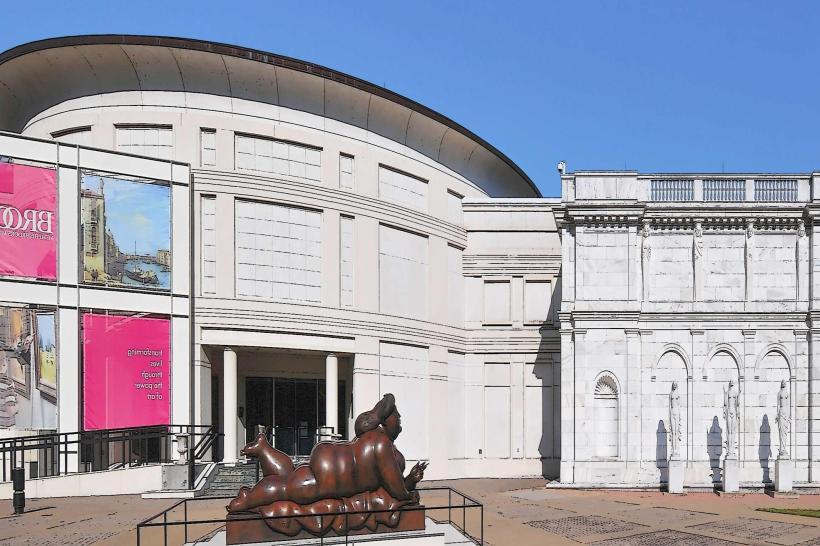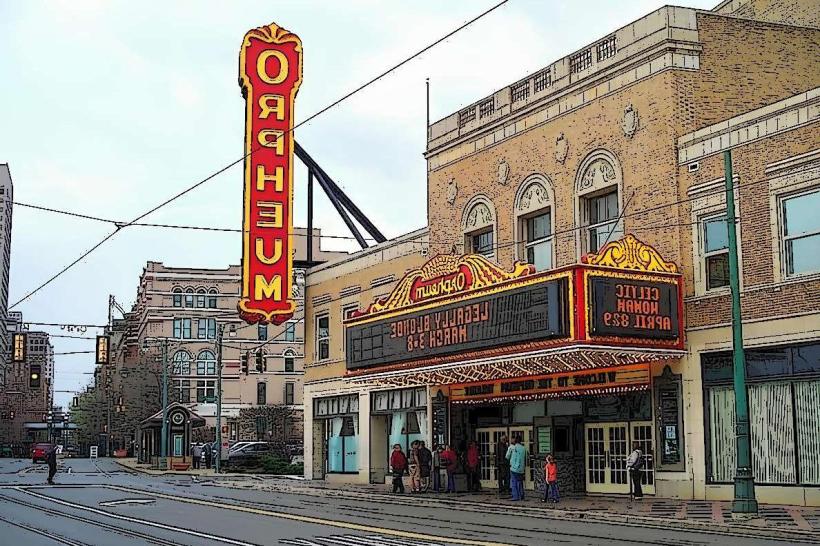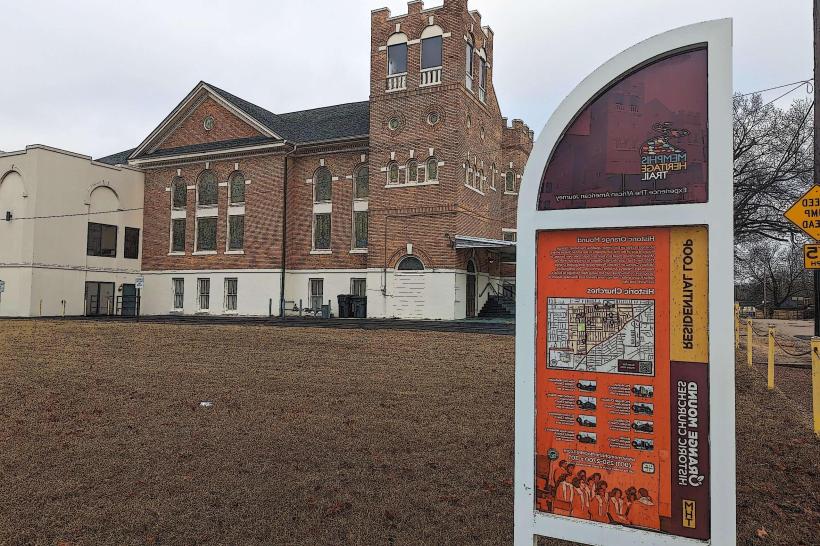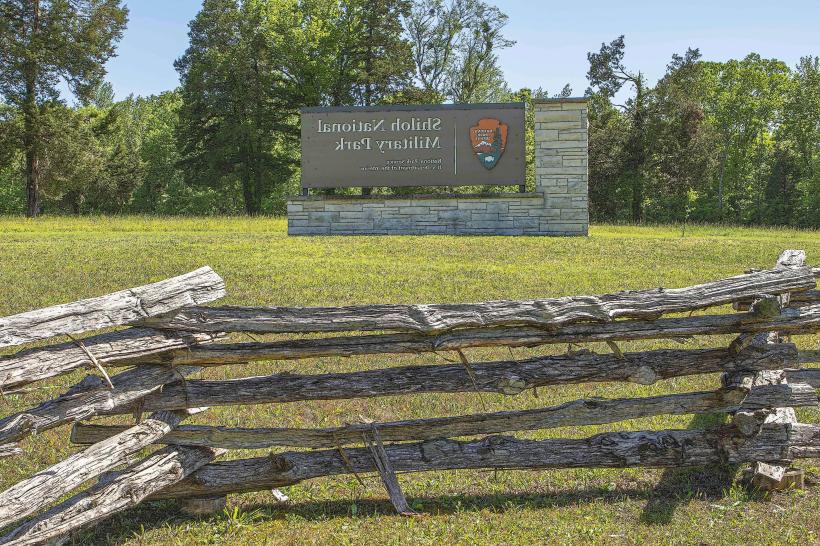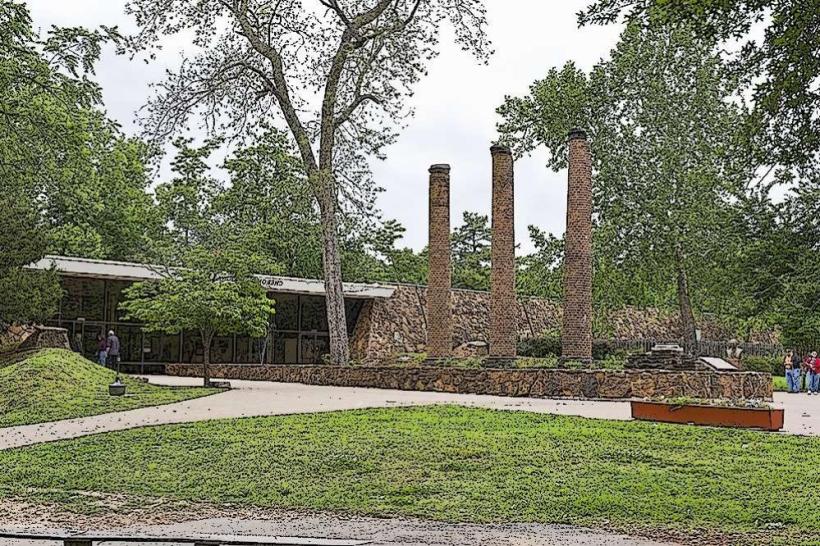Information
Landmark: Memphis Cotton MuseumCity: Memphis
Country: USA Tennessee
Continent: North America
Memphis Cotton Museum, Memphis, USA Tennessee, North America
Overview
At the Memphis Cotton Exchange, the Cotton Museum pulls you into the story of cotton-its roots in Memphis, its sway over the South, and its reach across the globe, from dusty fields to bustling markets, at the same time you’ll find the museum at 65 Union Avenue in downtown Memphis, inside the timeworn trading floor of the historic Memphis Cotton Exchange-a tall, echoing room that bustled with cotton deals from the early 1900s until the late ’70s.Founded in 1874, the Memphis Cotton Exchange quickly rose to prominence as one of America’s key commodities markets, devoted to cotton-“white gold” that fueled the South’s economy for more than a hundred years, its bales stacked high and smelling faintly of dust and sun, subsequently by the 1920s, Memphis was known around the world as a top cotton market, thanks to its spot on the Mississippi River, a web of busy rail lines, and nearby fields heavy with white bolls.Built in 1922, the Cotton Museum’s current building once buzzed with merchants, brokers, and farmers striking deals over prices and futures on a crowded trading floor, consequently until 1978, this historic hall bustled as a cotton trading center; today, the museum keeps that story alive, restoring the heritage trading floor and its striking details-soaring 30‑foot ceilings, broad arched windows-to their former splendor.Architectural and Atmosphere Highlights: At the heart of the museum lies its centerpiece-the trading floor-spanning about 3,200 square feet, with glowing lights glinting off polished brass railings, what’s more visitors get a true sense of what it was like to work in one of the world’s busiest commodity markets, where the air buzzed with shouted bids and clattering phones.Brass railings, vintage light fixtures, and the gleam of polished hardwood floors have all been carefully preserved or restored, so when you amble in, it feels like you’ve stepped straight into another era, also the space captures the sheer scale and buzzing energy of cotton trading at its height, showing just how vital Memphis once was to the world’s cotton trade.Just so you know, Core Exhibits and Educational Themes The museum arranges its displays to reveal cotton’s story in rich layers, moving from the dirt under a farmer’s boots to the global markets, and finally to its imprint on culture and society, while first.The Cotton Trading and Economics Interactive displays let you step into the bustle of the trading floor, showing how deals were struck through futures contracts and intricate pricing systems, furthermore visitors can explore how the cotton market shaped global trade and fueled the local economy, from bustling port shipments to busy market stalls.Step inside a recreated Western Union office and you’ll perceive how vital telegraphs once were for closing market deals, the click of keys echoing through the room, furthermore step into a vintage phone booth, lift the receiver, and you’ll hear former cotton brokers, farmers, and workers telling their stories-firsthand glimpses of the hum and shuffle of life on the trading floor.Truthfully, Number two, not only that the Agricultural and Technological Aspects Exhibits showcase the cotton plant’s biology, how it was grown, and the ways it was harvested-from hand-picking in the antebellum era to the roar of early mechanical gins.The account digs into the boll weevil’s destruction, tracing how the tiny, chewing insect wiped out cotton fields and pushed communities to rethink their livelihoods and social structures, also the museum walks you through the shift from fields of hand-picked cotton, with lint clinging to rough fingertips, to the roar of modern harvesting machines, highlighting every step of technological progress.Three, in addition the museum tackles cotton’s tangled history head-on, tracing its ties to slavery, sharecropping, and the social and economic forces that shaped life across the South, down to the worn wooden tools once used in the fields.Artifacts and story panels bring to life the experiences of African American sharecroppers and laborers who once toiled in the sweltering, dusty cotton fields, meanwhile b.B, furthermore king’s guitar, “Lucille,” sits in full view, a reminder that the cotton trade helped spark the blues and shape Memphis’s vibrant musical soul.The museum delves into how cotton sparked stories, paintings, and songs, weaving its pale fibers into the very fabric of Southern identity, subsequently number four, mildly Up in the gallery, a sweeping mural by Memphis artist David Mah-titled *The Story of Cotton*-spills across the wall, weaving together faded archival photos, snatches of prose, and echoes of ancient songs to tell cotton’s journey from the fields to the luminous lights of the concert stage, also the mural serves as a vibrant tribute and a hands-on lesson, deepening visitors’ grasp of cotton’s cultural significance, like the way its soft fibers once shaped entire communities.Visitors can dive into hands-on exhibits, trying their hand at simulated cotton trading and feeling the quick, rhythmic pace of a bustling commodity exchange, not only that the audio stations pull you into the bustle of the trading floor, with crackling voices barking orders and the hum of the room swelling around you, in some ways Knowledgeable staff lead the museum’s guided tours, bringing the past to life and taking time to answer even the most detailed questions, then school group programs dive into economics, history, agriculture, and social studies, weaving cotton’s story into the bigger picture students learn in class-like the rustle of fabric beside a chalkboard.Frankly, We’re open Monday, Tuesday, Thursday, Friday, and Saturday from 10 a.m, besides to 5 p.m, and on Sunday and Wednesday from 1 to 5 p.m. (last entry’s at 4), as a result admission is $10 for adults, $9 for students, teachers, and seniors, $8 for military, first responders, and kids ages 6 to 12, and free for children under six.You’ll find us at 65 Union Avenue, Memphis, TN 38103-call (901) 531‑7826 for details, likewise group tours and educational visits are by appointment, with tailored explorations for different ages and interests, whether it’s a hands-on history session or quiet time in the gallery.Annual Membership: If you stop by often, an annual pass gives you unlimited entry, invitations to special events, and discounts-like a few dollars off each workshop, therefore the museum store offers books, memorabilia, and cotton-themed crafts made locally-think soft handwoven towels or carved wooden keepsakes, generally The Cotton Museum plays a vital role in showing how Memphis grew into an economic powerhouse, while tracing the tangled history of cotton-its farming, trade, and the culture woven through it, from dusty gin floors to bustling river docks, in addition it connects industrial and social history by recognizing cotton’s economic weight and the human stories-hopeful and harsh-woven into its growth and trade, from the clatter of mill machinery to the calloused hands in the fields.It appears, By preserving the historic trading floor-its worn wooden counters still smelling faintly of ancient paper-the museum gives visitors a direct link to a pivotal chapter in Memphis and American history, and its thoughtful exhibits reveal cotton’s sweeping global influence and lasting cultural weight, alternatively the Cotton Museum at the Memphis Cotton Exchange brings to life cotton’s deep influence on the city-its identity, economy, and culture-through a vivid, layered experience that might start with the soft rustle of a bale being unwrapped.It offers a learning experience that stirs the heart, drawing visitors into the region’s past-like hearing a weathered voice tell an vintage story-and prompting them to consider the forces still shaping it today.
Author: Tourist Landmarks
Date: 2025-10-06


